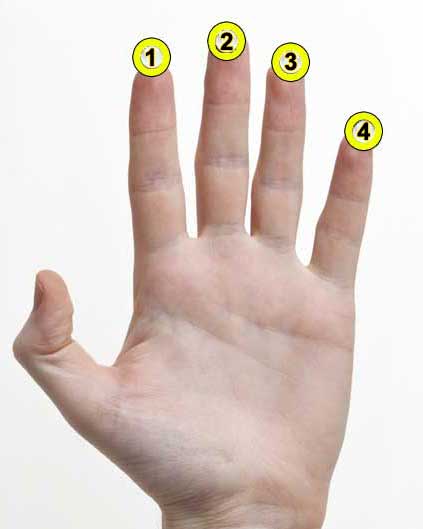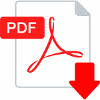C#13(#9) Guitar Chord Chart and Fingering

Welcome to our tutorial on the C# 13(#9) chord, a member of the Dominant Chords family. This chord is a complex and rich sounding chord, built from a variety of intervals, including the 1, 3, 5, b7, #9, 11, and 13. The notes that compose this chord are C#, E#, G#, B, D##, F#, and A#.
The C# 13(#9) chord belongs to the family of dominant chords, which are often used to create tension and resolution in music. This specific chord, with its #9, adds an extra layer of complexity and color to your playing, making it a favorite among jazz and blues musicians.
Understanding the intervals that build this chord can be a bit challenging. The tutorial on building chords by stacking intervals can provide you with a deeper understanding of how this chord is constructed. The fretboard intervals tutorial can also help you visualize the intervals on your guitar.
The C# 13(#9) chord is not a beginner's chord. It requires a good understanding of chord notation and the ability to play more advanced chords. But don't worry, with practice and understanding, you'll be able to master this beautiful chord.
Once you've mastered the C# 13(#9), you can start incorporating it into jazz chord progressions and explore how it can enhance your music. And if you're ever unsure about a chord shape, our interactive tool to analyze chord shapes can come in handy.
Stay tuned for the rest of this tutorial where we'll provide chord diagrams and fretboard patterns showing the tones composing the C# 13(#9) chord. Happy playing!
Notes that compose the C# 13(#9) chord:
Tones of the Dominant Thirteen Sharp Ninth chord:
C# Dominant Thirteen Sharp Ninth Guitar Chord Shapes
No guitar diagrams created yet for this chord. Request one here
 Download
the Free Guitar Chords Chart Pdf
Download
the Free Guitar Chords Chart Pdf